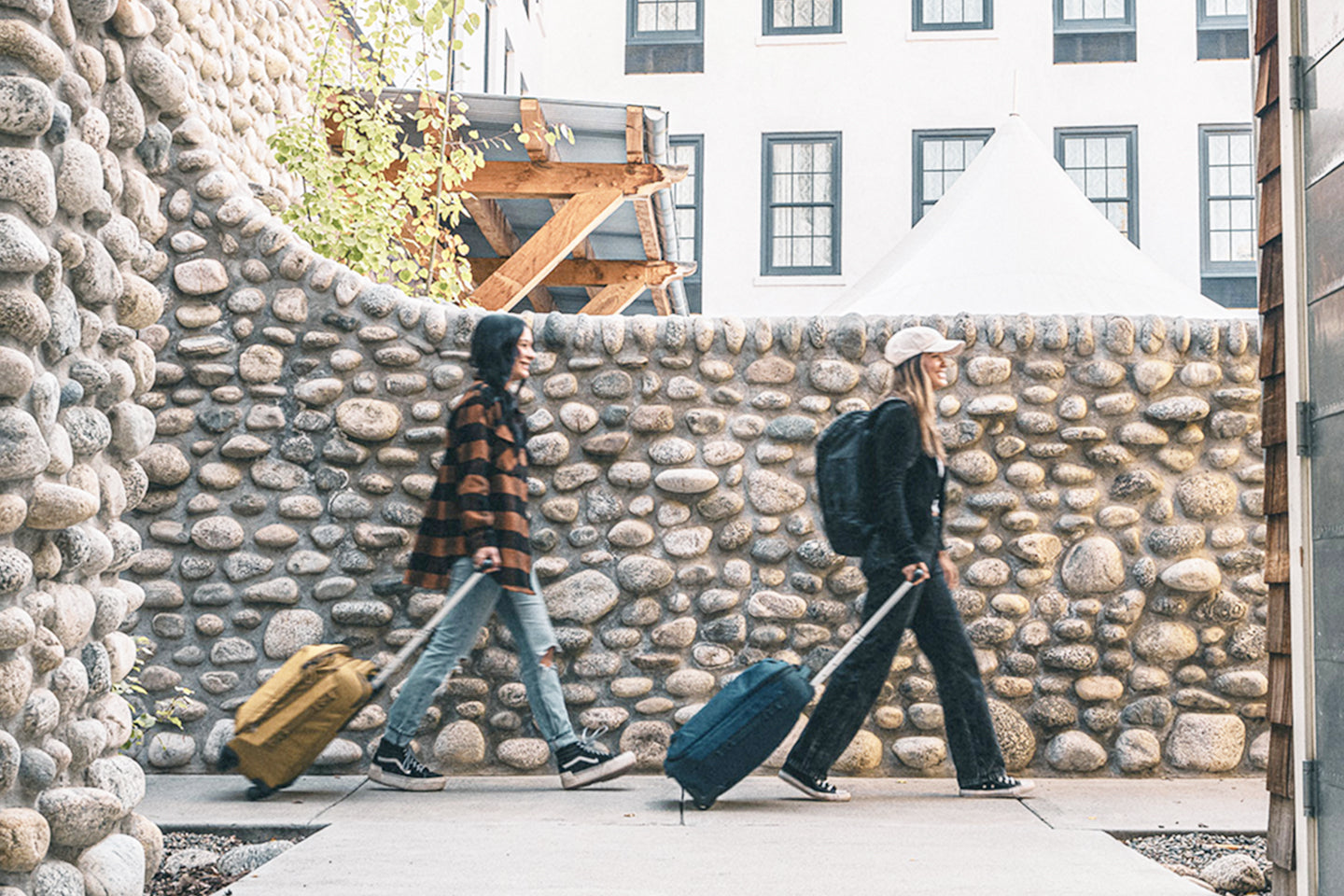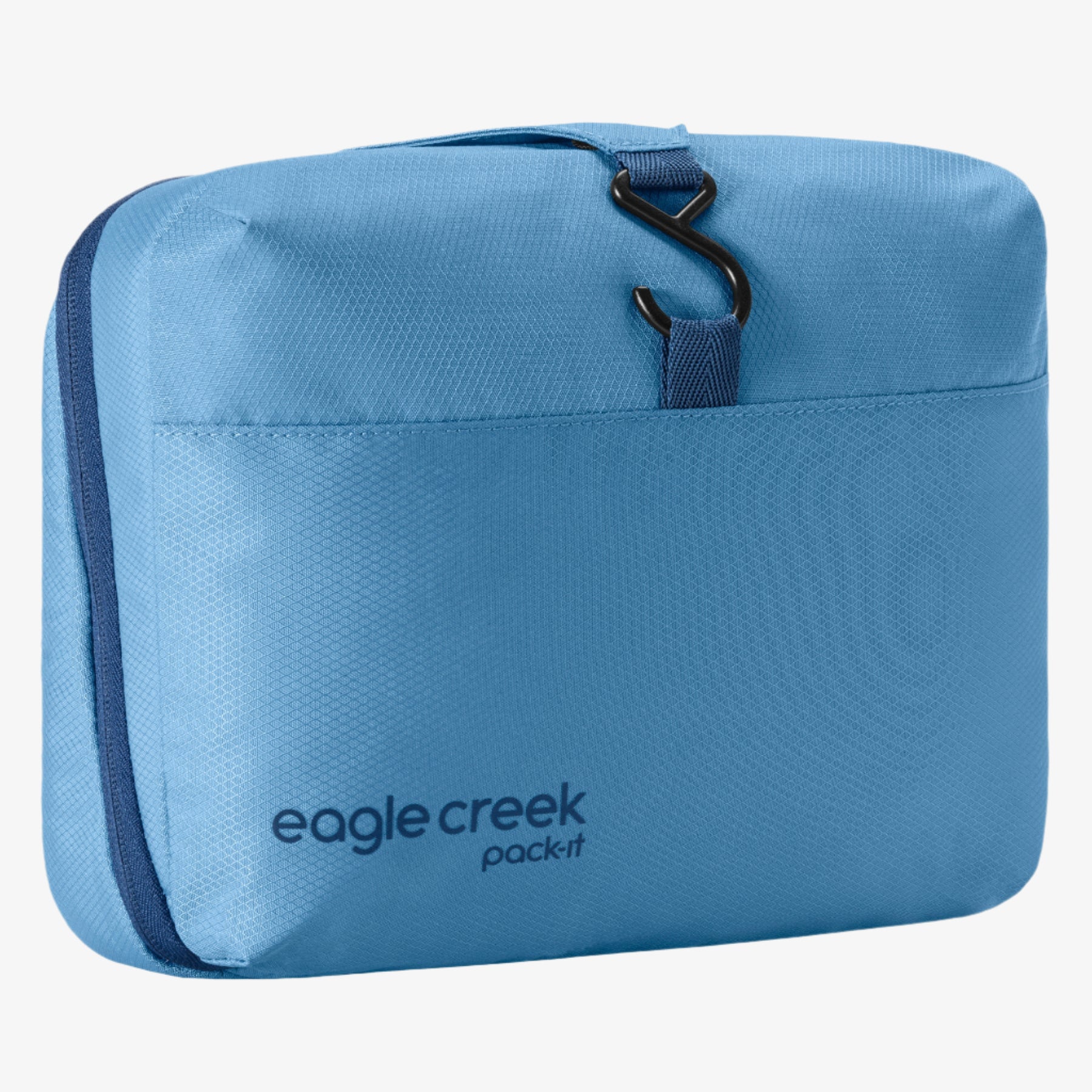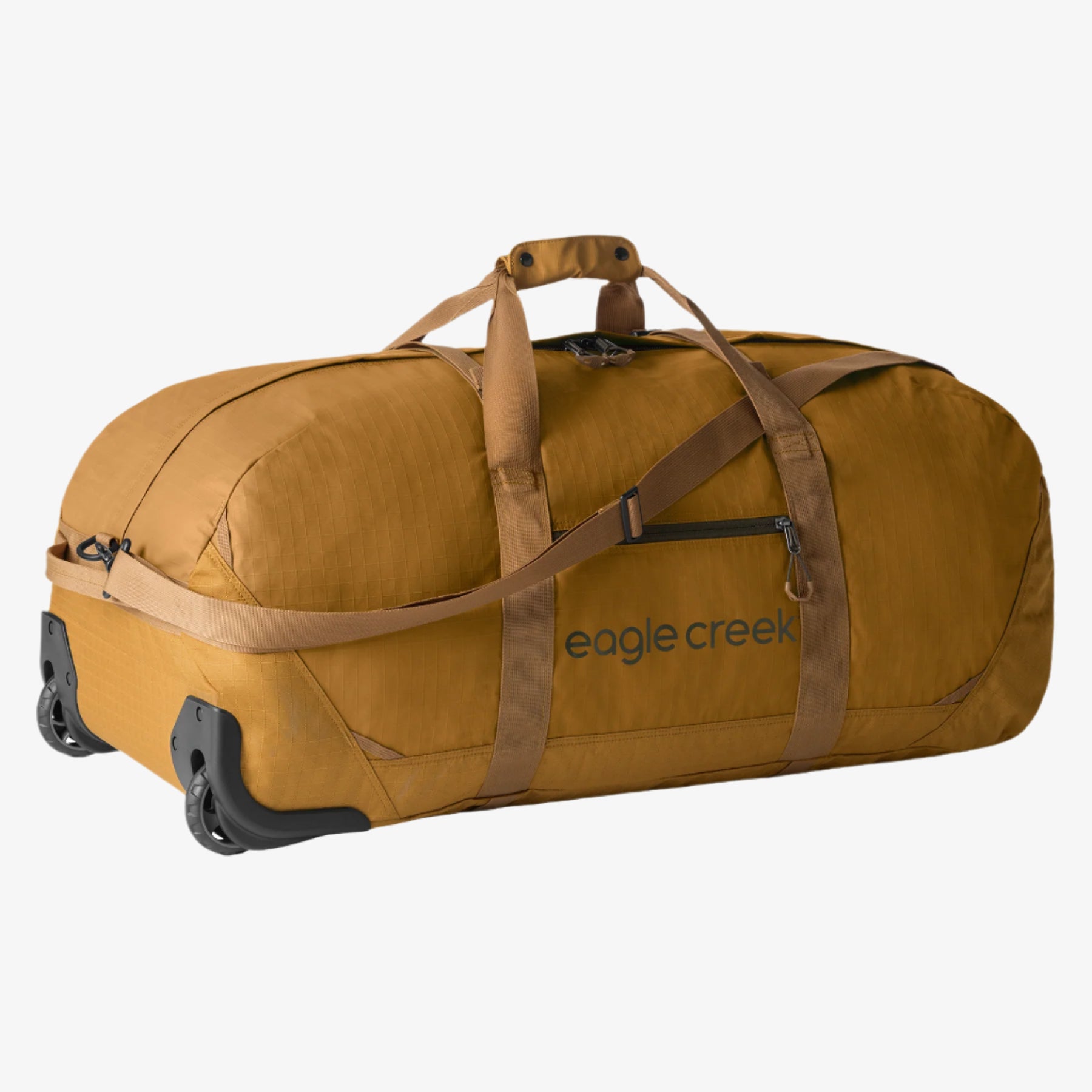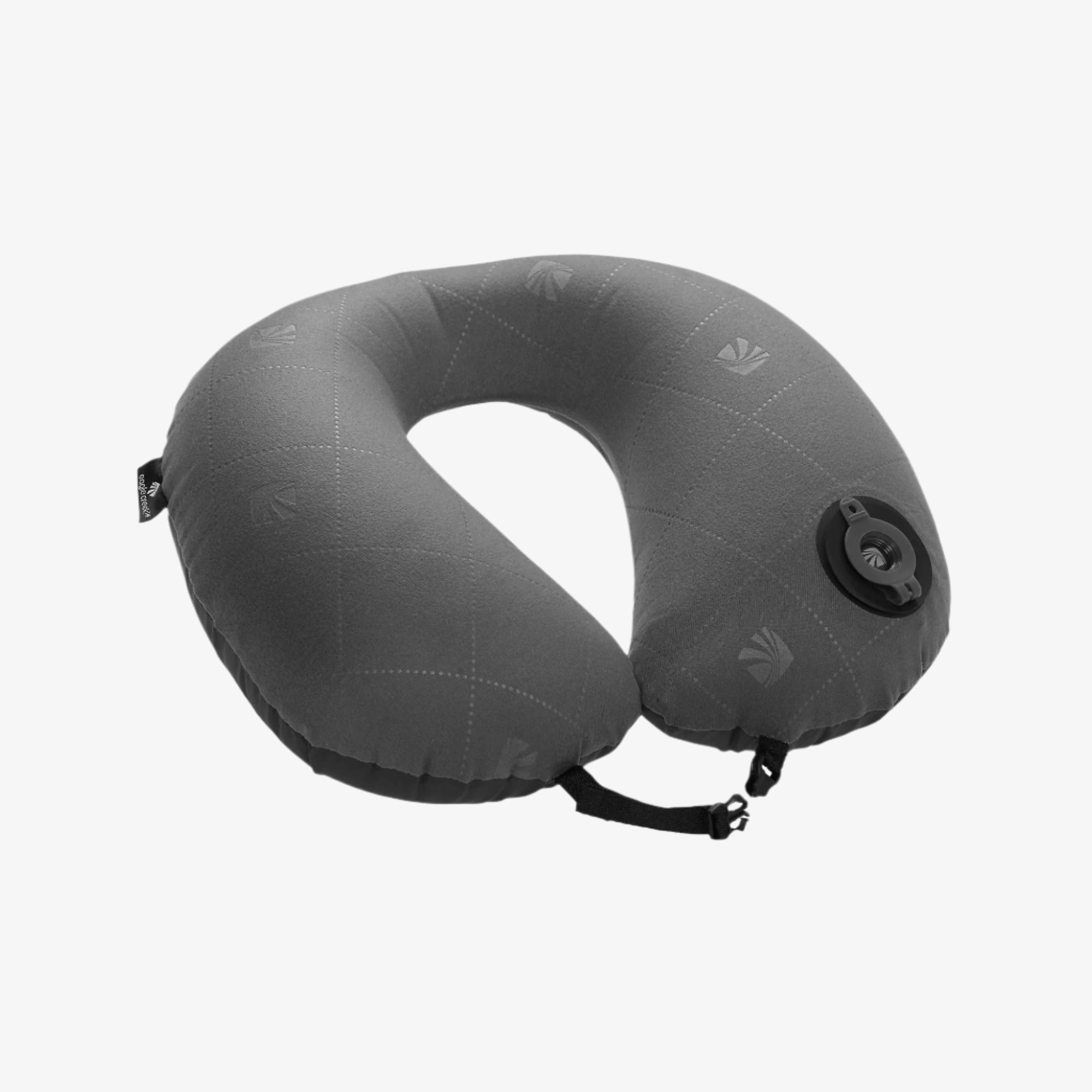My eyes are glued to the back of Arnulfo Quimare’s bare heels, which adhere to his Tarahumara huaraches: simple sandals hand-crafted out of tire tread and leather straps. We haven’t even started our trail run and my heart rate is high from the anticipation.
Days ago, I started my 48-hour journey from Colorado—which included two flights, a four-hour highway cruise, a two-hour train ride on El Chepe, and a two-hour van excursion on a zig-zagging mountain pass—to reach the middle-of-nowhere: Urique, Mexico.
The rural town, population 1,000, sits at the bottom of a 6,140-foot-high gorge, and is the central setting in Christopher McDougall’s New York Timesbest-seller, Born to Run. The Tarahumara tribe, who occupy the region’s Copper Canyons, are known for their mastery of long-distance running. In the 16th century, the Spanish conquistadors assigned the name Tarahumara to the indigenous group, who fled deep into the Copper Canyons—an area four times larger than the Grand Canyon. They call themselves the Rarámuri, meaning, “ones with light feet.” Today, the Rarámuri have a population of 125,000, reports ESPN, a portion of which is scattered throughout the canyon—including Quimare, one of the most accomplished mountain runners in the world.
Along with a handful of documentarians, I am here to study the Tarahumara lifestyle—running included—and the variables that increasingly threaten their way of life: drought, modernization, extractive industries, and the drug trade. It’s the fall harvest, and I have a first-glance at a local pilot project to re-establish the farmsteads. The tribe of northwestern Mexico is one of the last cultures in North American who still depend on subsistence agriculture—but the five-year dry spell has destroyed the crops and soil.
After two nights in the valley, it is time to wake up and run. With Quimare as the elected guide, our group of runners heads south of the village and crosses the Urique River. A singletrack trail with a rollercoaster shape follows the edge of the transparent water. Quimare takes a slow step forward and starts to run, slow and steady. His shoulders are relaxed. His feet glide forward in an effortless rhythm. Despite the serene surroundings, I am fueled by adrenaline and hold a spot right behind him. I’m not sure yet what to expect. Is he going to get a burst of energy and sprint ahead of us? Am I going to get lost?
After about 10 minutes, the trail intersects a dried-up riverbed chock-full of bulky, smooth rocks. No cairns. Quimare nods upstream. The boulders clunk together as we move over them. A quarter-mile further we regain the dirt trail for a dry, arduous ascent. At the top of the climb, the trail takes a sharp bend and levels out. The cacti and shrubs open up, which gives us a wide panorama of the valley. Layers of rugged ridgelines and gold-green vegetation create an effervescent hue. Quimare stops and looks out. I exhale and say, “Bella." He nods. “Bella,” he repeats. The only word that we both know is not native to either of our languages.
Quimare takes a few steps forward. He senses me watching him, and looks at me from the corner of his eye. Boom—he takes off. As soon as I see his front foot launch forward I’m ready to sprint down the narrow, precarious, boulder-laden trail: my favorite terrain. I burst out laughing and Quimare hears me. He starts laughing, too.
Playing while running is the origin of the Tarahumara’s tradition. Historically, the men run in two-team races called Rarajipari. Partners kick a baseball-sized wooden ball between each other as they run until the last team is standing—sometimes, for up to 60 or 100 miles at a time. The women’s game, ariwéta, involves tossing a vine-fortified cloth hoop back and forth with a stick.
Quimare and I run for entirely different reasons. In college, I first started running on a treadmill as a late-night study break, for my physical and mental health, and to fuel my well-being and proactivity. Years later, I discovered trail races and found a home within the community. As a result of the American lifestyle, which most often includes driving and sitting in front of a laptop for work, I need to train in order to prepare my body for races. Quimare, like all Tarahumara, doesn’t recreate or train for any race—not even a 100-miler. Running is inherent to his livelihood. Throughout the canyon, Tarahumara villages and farms are disparately located. Walking between them can require multiple days. To be efficient, they run, which also often means running uphill.
Our sprint lasts until we reach the next dried-up riverbank. We giggle and Quimare’s eyes catch the light and shine. Until this point, I have been communicating with the locals via Mexican translators who speak both Tarahumara, an Uto-Aztecan langauge, and English. I know now that our shared language is running.
That night, the locals prepare a traditional feast with stewed goat, beans, and tesgüino, fermented corn beer. In a Tarahumara ritual, we all take turns pouring one another a drink and sipping the beer from the same bowl. My new friend, photographer and translator David Ramos, pours me cup. He asks me how I enjoyed the run. I light up and before I respond, Quimare speaks. They exchange a few words. Ramos says to me, “He says that you have the light feet, and to come back to run more.”
Regardless of a gap in culture, language, or the challenges our communities face, it’s always possible for humans to connect through a shared love of running.
What to Pack:
My laptop never left the protective sleeve of my pack until I was back on the plane, but I was happy for the reinforced storage. Stow running shoes in a durable packing organizer within a carry-on suitcase, which is easier to transport on trains, while walking on lofty village roads, or up flights of stairs in hotels. Don’t forget to pack your trail running pack or vest, sunscreen, electrolyte mix, hat, sunglasses, watch, and your favorite running snacks. For emergencies, consider packing a global satellite messaging device with interactive SOS. Don’t forget your camera and a travel journal.
Best time to visit:
An ideal time to explore the Copper Canyon is during the annual Ultra Caballo Blanco Copper Canyon Ultra, a trail race in March that starts and ends in Urique. The warmest, most humid season is from April to September, with the rainy season peaking in the July to September window. Peak daytime temperatures reach their highest in July hitting 90-degrees Fahrenheit—and the remaining months reach highs of 70-degrees Fahrenheit with lower humidity.
While Eagle Creek is here to provide tips and insights on travel, we cannot accept any responsibility for any potential consequences arising from the use of this information. Always conduct your own research and use your best judgment.
Related Links (from Eagle Creek blog):
Unknown Found: How an Ancient Mexican Ritual Renewed My Energy and Lease on Life








































